Cheese is one of those indulgent foods that can make any dish feel extra special, but not all cheeses are created equal when it comes to health. While some varieties offer a rich taste and texture, others can be packed with unhealthy fats, sodium, and empty calories. We’ll explore which cheeses to avoid if you’re aiming for a healthier lifestyle and which alternatives you can enjoy without sacrificing flavor.
From creamy bries to sharp cheddars, we’ll guide you through the best and worst options to help you make smarter choices the next time you’re reaching for a wedge. Let’s dive in and discover how to enjoy cheese while staying on track with your health goals!
1. Cheddar
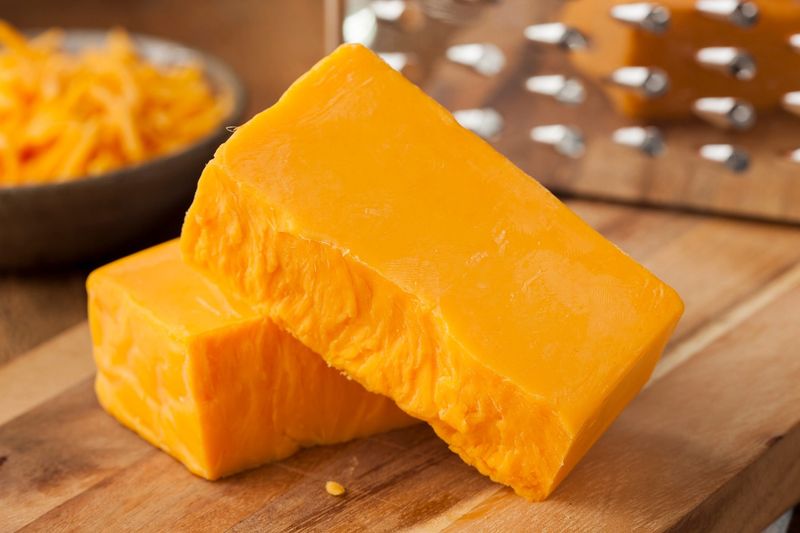
Renowned for its rich flavor, cheddar is a staple in households worldwide. However, its high saturated fat content can contribute to heart health issues. Although beloved for its sharp taste, cheddar’s calorie count isn’t negligible. Moderation is key if you’re keen on keeping your cholesterol in check.
Cheddar often contains artificial coloring to achieve its signature hue. For those mindful of their waistline, this cheese is best enjoyed sparingly. Ultimately, opting for a lower-fat version might be a wise choice for fans who can’t resist its allure.
2. Gruyere

This Swiss delight is cherished in fondue and gourmet sandwiches. Yet, Gruyere’s high sodium levels can be a silent threat. For cheese lovers with hypertension, this savory delight might not be the wisest choice. Rich in calcium and protein, Gruyere offers nutritional benefits but requires balance.
Regular consumption can lead to unwanted weight gain. Moreover, its creamy texture, while tempting, comes with a cost. Enjoy Gruyere in small quantities to savor its taste without compromising health.
3. Triple Cream Brie
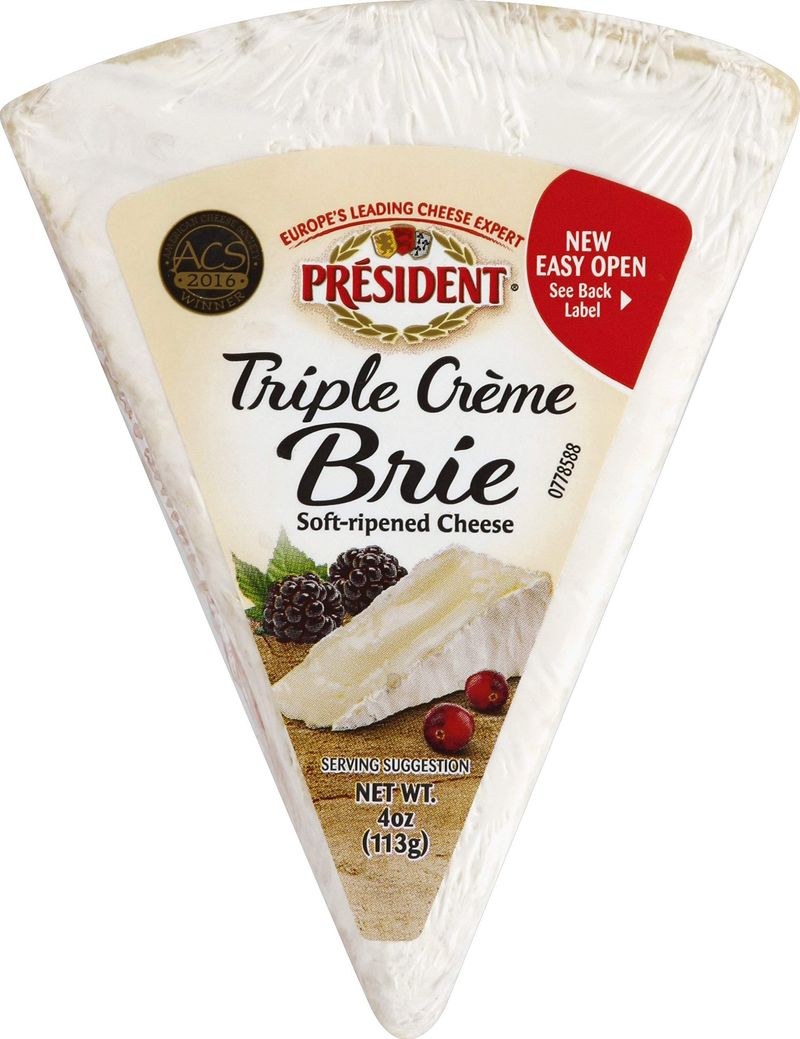
Brie’s luxurious texture is adored by many, but its triple cream variant takes indulgence to a new level. Packed with even more fat than regular brie, it’s a diet deterrent. This cheese’s creamy allure can tempt even the most disciplined eater.
Its rich profile makes it a splendid pairing with fruit, yet its nutritional value is questionable. Eating triple cream brie can elevate calorie intake swiftly. Seeking alternative cheese options might be prudent for those tracking their intake.
4. Roquefort
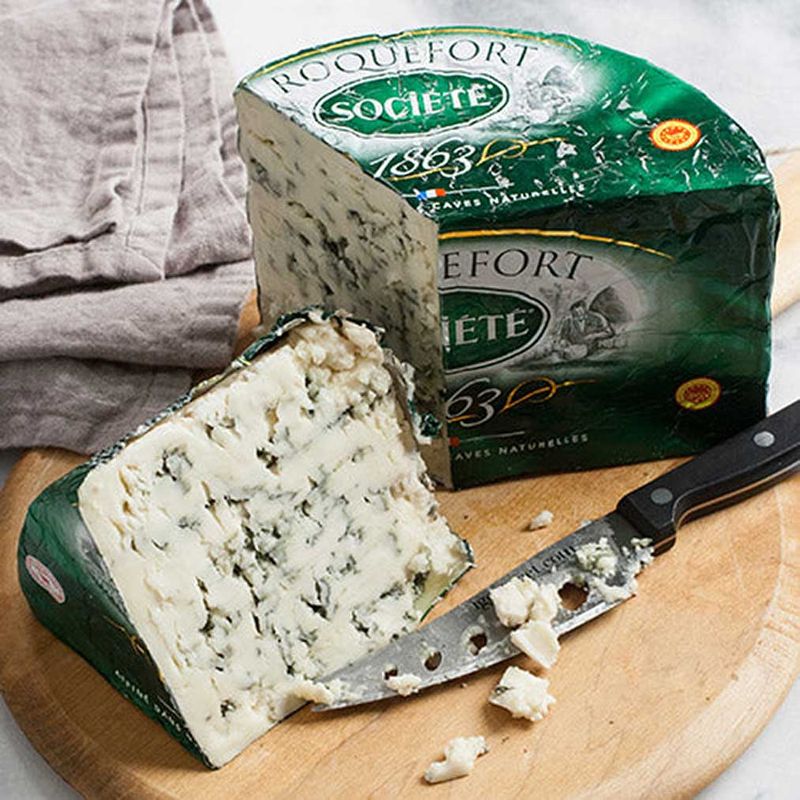
Distinctively blue-veined, Roquefort stands out in the cheese world. However, its intense flavor is matched by its high fat and salt content. Roquefort’s distinctiveness is not just in taste but also in health impact. Those mindful of sodium intake should approach with caution.
While it pairs beautifully with wine, the health-conscious might find it less appealing. Limiting consumption could be beneficial to those wary of hypertension. Exploring lower-sodium blue cheese alternatives might be wise.
5. Stilton
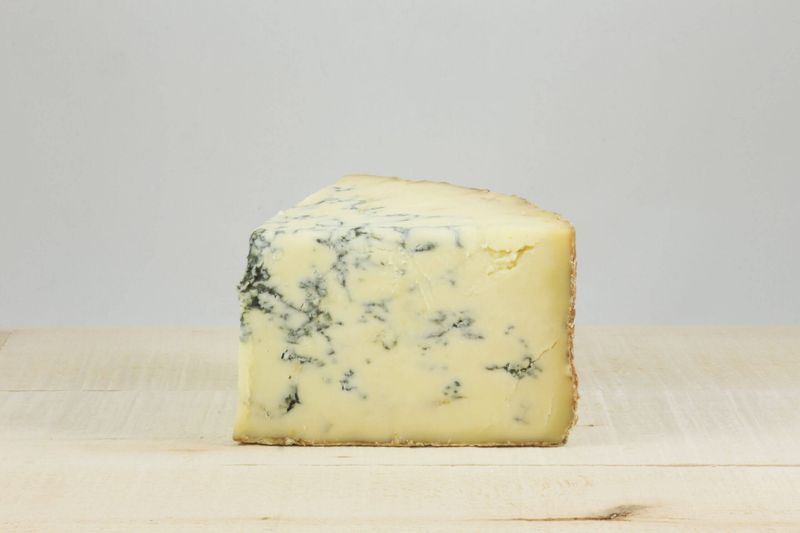
Often dubbed the ‘King of Cheeses,’ Stilton offers a robust taste that’s hard to forget. Yet, its richness comes with drawbacks. High in fat and calories, Stilton’s creamy consistency is a guilty pleasure. Enjoying it with honey and pears is delightful, but moderation is crucial.
Excessive consumption can lead to unwanted pounds. Despite its gourmet appeal, those mindful of diet may choose to savor it sparingly. Experimenting with lighter cheese options could be beneficial.
6. Limburger
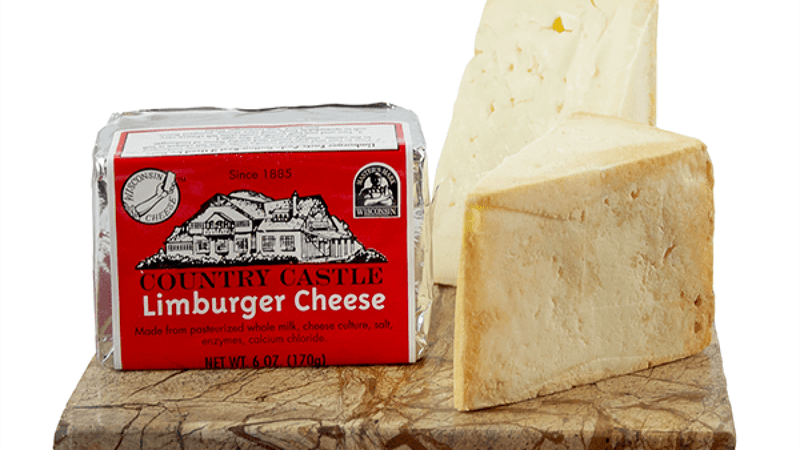
Notorious for its pungent smell, Limburger is an acquired taste. Behind the strong aroma lies a cheese high in saturated fats. Those watching their cholesterol might pass on Limburger. Its distinct smell doesn’t disguise its calorie-laden nature.
Although it adds character to rye bread, one might consider healthier spreads. For individuals focused on maintaining heart health, Limburger’s indulgence might be left for occasional treats. Opting for a less fatty alternative could be wise.
7. Maytag Blue
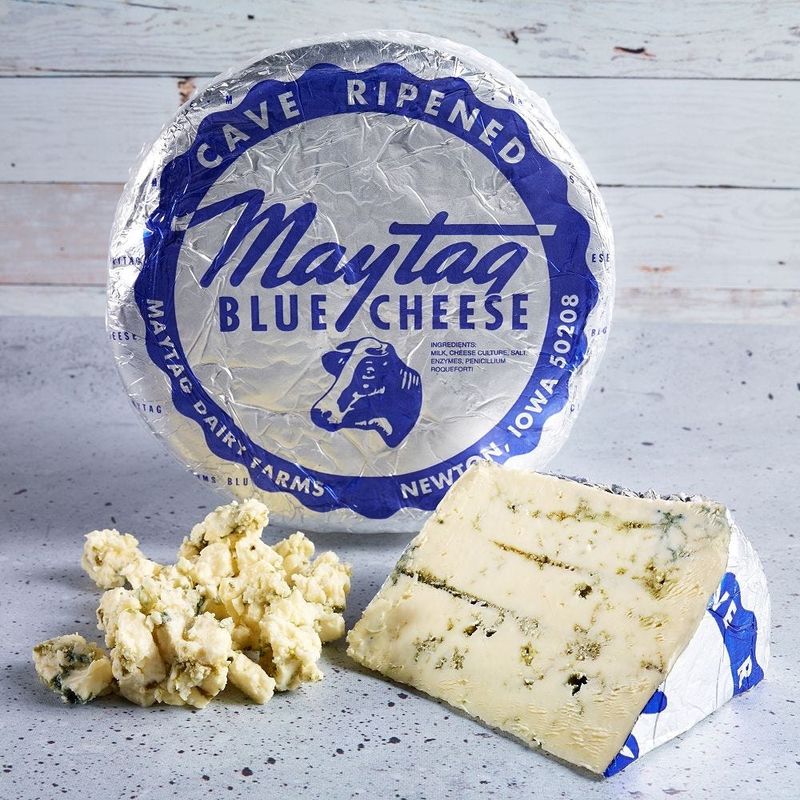
Crafted in Iowa, Maytag Blue is a gourmet favorite. Known for its tangy flavor, it also packs a hefty calorie punch. Those mindful of their dietary intake might limit this cheese. While its marbling is visually stunning, the saturated fat content isn’t as appealing.
Including Maytag Blue in your platter adds sophistication, but also risks. For those monitoring weight, opting for a small serving is advisable. Exploring lighter blue cheese varieties could be beneficial for the health-conscious.
8. Danish Blue
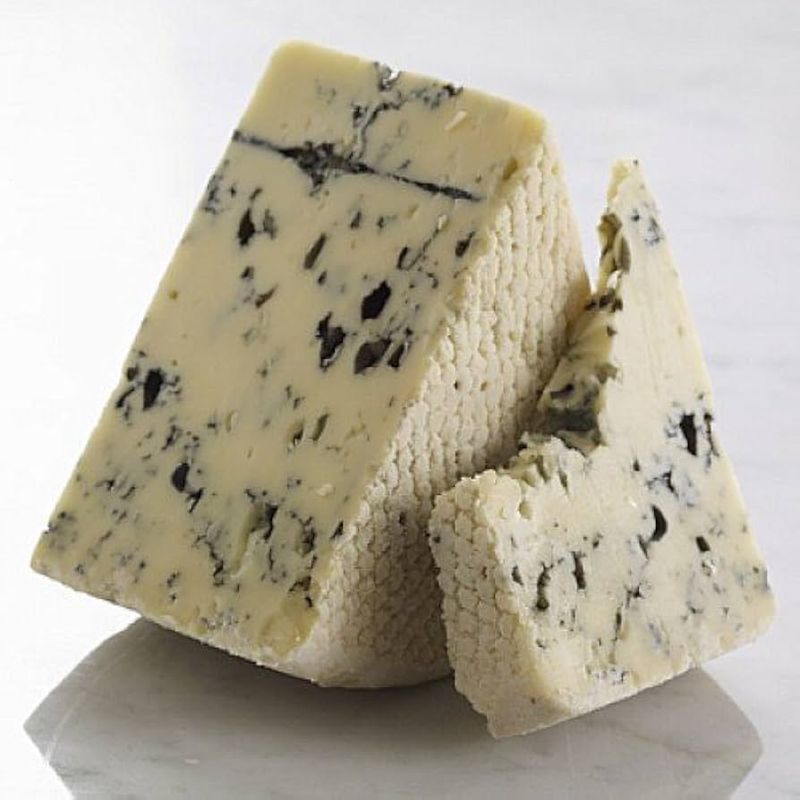
Renowned for its creamy texture and sharp taste, Danish Blue can elevate any dish. Still, its high sodium and fat levels are worth noting. Cheese lovers concerned about their heart might reconsider their portion sizes. This cheese can complement a variety of flavors, but health comes first.
Balancing its indulgence with healthier choices is key. Those aiming for a balanced diet might find reducing intake beneficial. Exploring milder, less salty options might be prudent to maintain wellness.
9. Feta
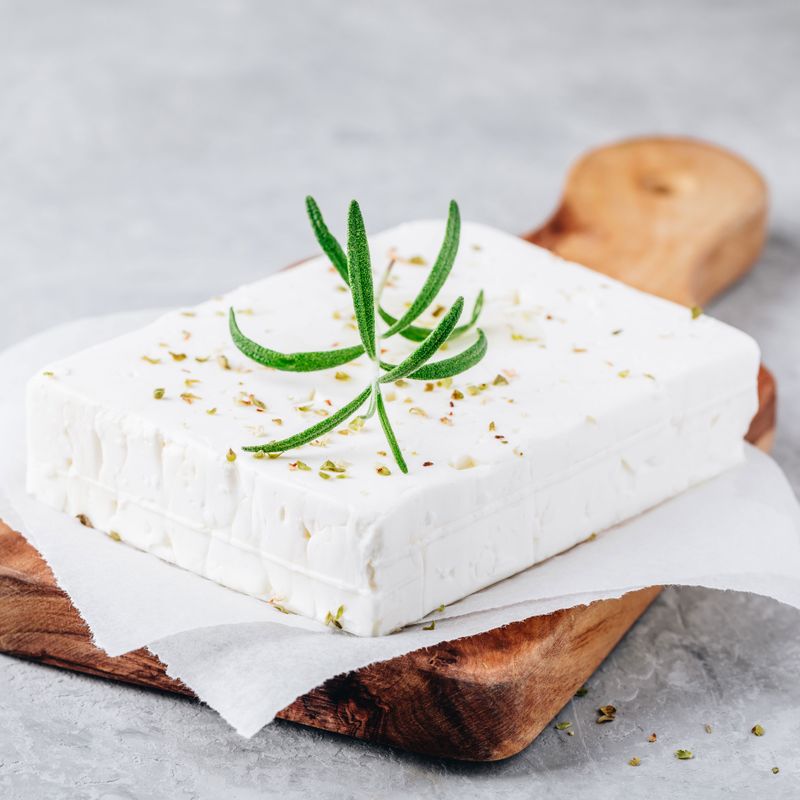
A Mediterranean staple, feta brings a tangy zest to salads and dishes. Despite its popularity, it’s high in sodium. Those limiting salt might want to reduce feta to occasional use. Its crumbly texture makes it a versatile ingredient, but also deceptive in calorie count. Including feta sparingly can enhance flavors without overindulgence.
For those mindful of blood pressure, choosing reduced-sodium versions might be a healthier route. Balancing feta with other lower-salt ingredients can promote a heart-friendly diet.
10. Grana Padano
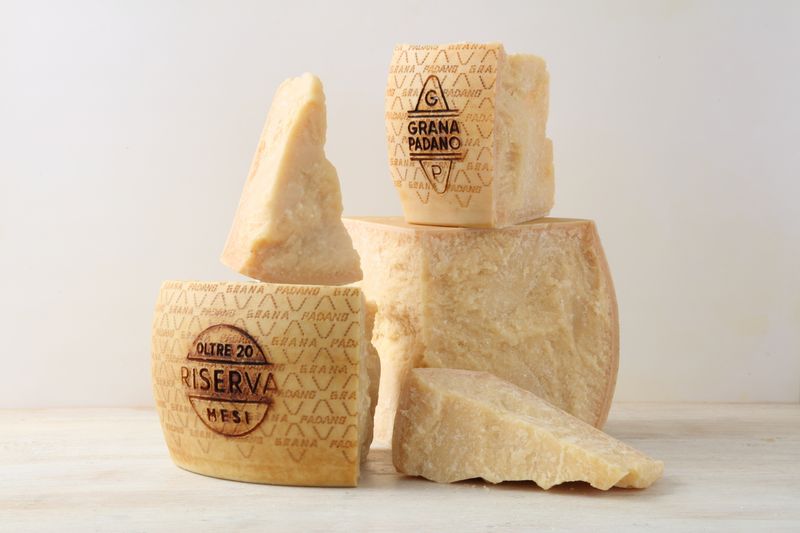
Often compared to Parmesan, Grana Padano offers a nutty flavor. It contains less fat but shouldn’t be underestimated. This cheese’s savory taste can lead to overuse. While it enhances pasta dishes, moderation is essential. For those cautious of calorie intake, a sprinkle might suffice.
Although lower in fat, it still carries a significant sodium count. Balancing Grana Padano with other ingredients can keep meals flavorful yet healthy. Opting for alternatives with less salt might be beneficial for heart health.
1. Goat Cheese
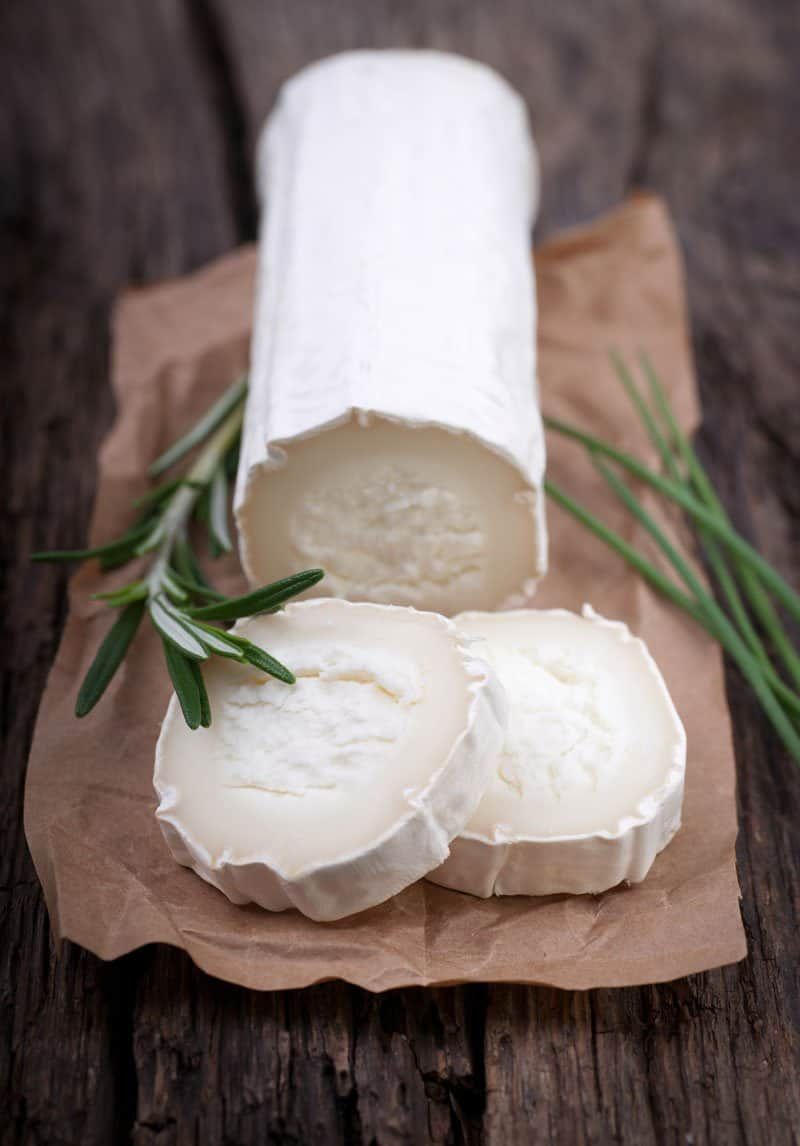
Renowned for its distinct tangy flavor, goat cheese is a versatile choice for both culinary experts and novices alike. Its lower lactose content makes it easier to digest for those sensitive to traditional cow’s milk cheese. Rich in vitamins and healthy fats, goat cheese can be a delightful addition to salads or paired with fresh fruits.
The crumbly texture and creamy mouthfeel provide a satisfying experience. Whether spread on toast or crumbled over a warm dish, it’s a cheese that marries well with various flavors. Experimenting with goat cheese opens doors to numerous culinary adventures.
2. Manouri
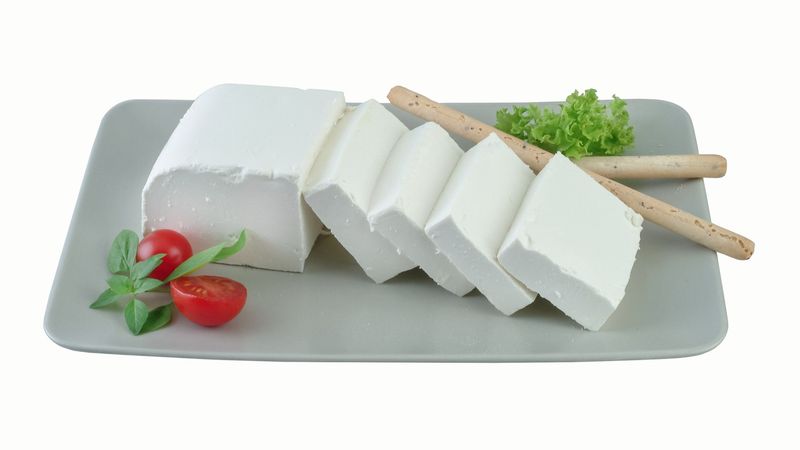
Stepping into the realm of Greek delicacies, Manouri cheese offers a mild and creamy experience. This semi-soft cheese is made from the whey of feta, blended with cream to create a smooth texture. With a subtle hint of citrus, it complements both savory and sweet dishes.
Perfect as a dessert cheese or in salads, Manouri brings a touch of elegance to any meal. Its light flavor profile makes it a versatile choice for those seeking a softer option. Incorporating Manouri into your meals introduces a unique taste of Greek tradition.
3. Swiss Cheese
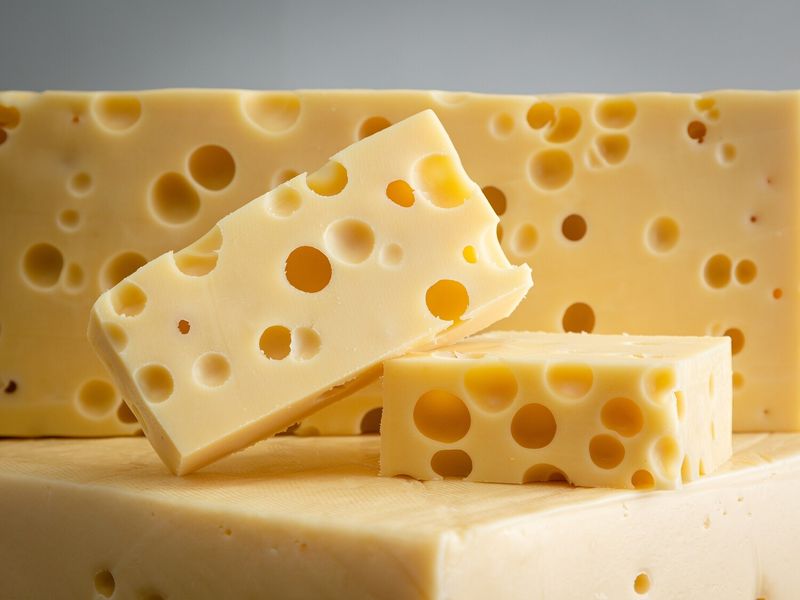
Characterized by its signature holes, Swiss cheese is a delight for those seeking a milder taste. Packed with calcium and protein, it’s not only delicious but also beneficial for bone health. The nutty and slightly sweet flavor makes it a favorite in sandwiches and fondue.
Pairing it with fresh fruits or nuts enhances its natural taste. With its smooth texture and creamy consistency, Swiss cheese appeals to both young and old. Integrating it into your diet can be a tasty way to enjoy its nutritional benefits.
4. Mozzarella
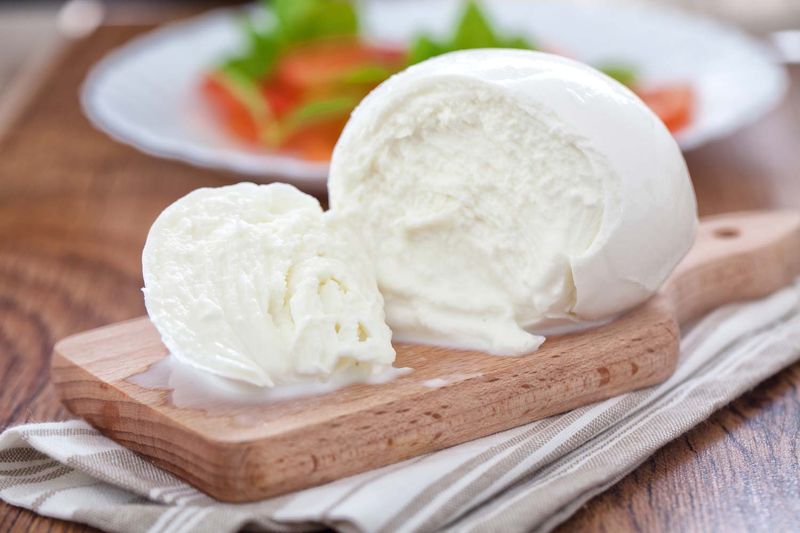
Tantalizing taste buds with its soft and milky nature, mozzarella is a staple in many kitchens. Known for its high moisture content, it melts beautifully on pizzas and pastas. Low in fat and sodium, mozzarella offers a healthier alternative without compromising on taste.
Its mild flavor pairs well with tomatoes and basil, making it an essential component of Caprese salad. Whether used in cooking or enjoyed fresh, mozzarella’s versatility is unmatched. For those looking to explore Italian cuisine, mozzarella is an indispensable cheese to have on hand.
5. Camembert
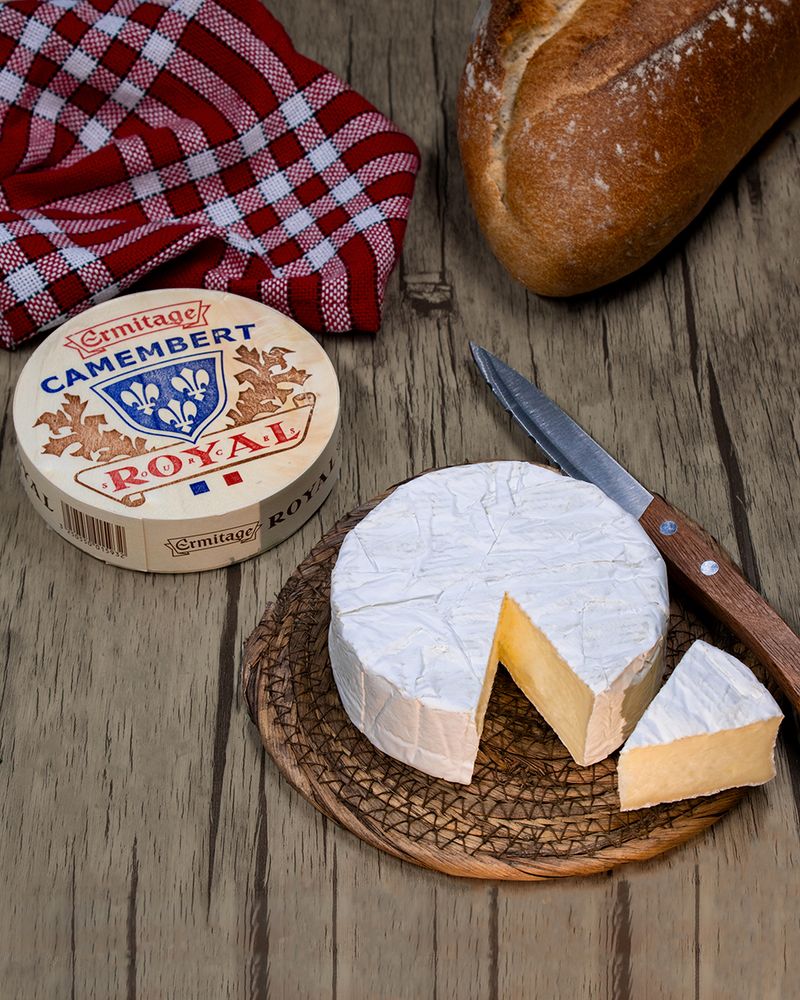
The creamy allure of Camembert is hard to resist. Originating from France, this soft cheese is known for its rich and earthy flavor. The edible rind adds a unique texture, complementing the smooth interior. It’s an indulgence that can be enjoyed on its own or paired with fruits and nuts.
Camembert’s complex flavor profile makes it a gourmet favorite. Ideal for cheese boards, it adds a touch of sophistication to gatherings. For an enhanced experience, enjoy it slightly warmed, allowing the creamy center to melt beautifully. It’s a sensory delight for cheese enthusiasts.
6. Parmesan
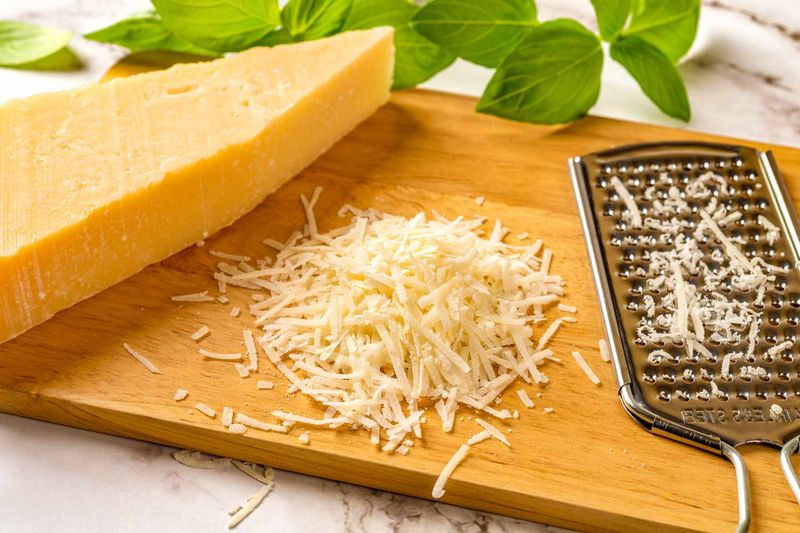
Boasting a robust and savory flavor, Parmesan cheese is a culinary staple. Aged to perfection, its crumbly texture and sharp taste elevate a variety of dishes. Rich in protein and calcium, it benefits bone health while delighting taste buds.
Grated over pasta or salads, Parmesan enhances the umami flavor, creating a satisfying meal. Its hard texture allows for longer storage, making it a practical choice for home chefs. Whether shaved onto dishes or enjoyed as a snack, Parmesan’s versatility is unmatched. Its bold flavor is a testament to its enduring popularity.
7. Quark
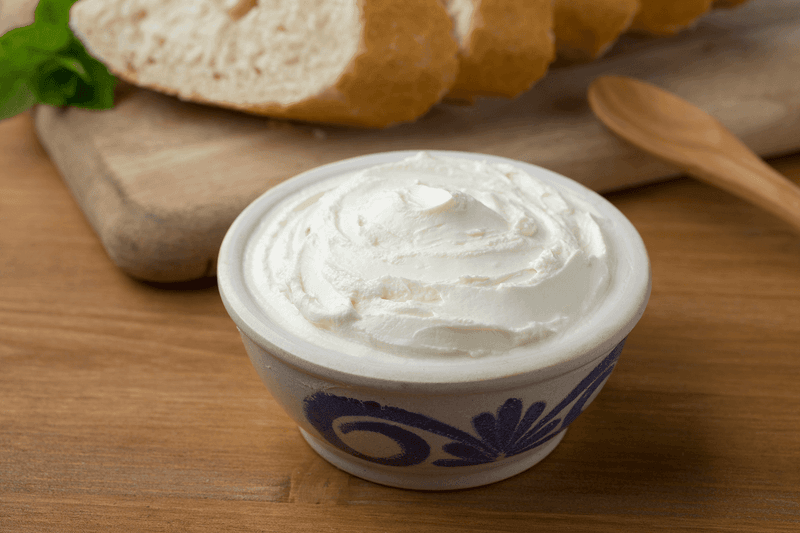
Exploring cheese that’s both creamy and fresh, Quark stands out as a unique choice. With its smooth consistency, this German cheese can be used in both savory and sweet dishes. It’s high in protein and low in fat, making it a nutritious option for health-conscious individuals.
Whether spread on bread or incorporated into desserts, Quark’s versatility shines. It offers a mild flavor that doesn’t overpower other ingredients. Ideal for those seeking a lighter cheese, Quark can easily fit into a balanced diet. Its simplicity and adaptability make it a kitchen favorite.
8. Tyrolean Grey Cheese

Hailing from Austria, Tyrolean Grey Cheese offers a bold and tangy flavor. This unique cheese is known for its greyish exterior, a result of natural mold formation. It’s low in fat yet rich in taste, appealing to those who enjoy stronger cheeses.
Ideal for adventurous palates, Tyrolean Grey Cheese is best enjoyed with hearty bread or in traditional Alpine dishes. Its piquant flavor profile adds depth to culinary creations. For a genuine taste of Austria, this cheese is a must-try. It brings a rustic charm to any cheese platter, celebrating authentic Alpine traditions.
9. Neufchatel

Originating from France, Neufchatel cheese is often compared to cream cheese but with a distinct character. Its soft, creamy texture pairs beautifully with both savory and sweet dishes. Low in fat, it’s a healthier alternative for cheese lovers.
The heart-shaped versions are particularly charming, making it a romantic addition to any meal. Whether spread on toast or incorporated into desserts, Neufchatel delights with its subtle tang. For those seeking a versatile and lower-fat cheese option, Neufchatel is a delightful choice. Its charm and flavor make it a beloved classic.
10. Ricotta Salata

Ricotta Salata beckons with its firm texture and salty flavor. Unlike its fresh counterpart, this Italian cheese is pressed and aged, creating a dense and crumbly consistency. It’s perfect for grating over salads or pastas, adding a burst of flavor.
Low in fat yet rich in taste, Ricotta Salata is ideal for those seeking lighter cheese options. Its savory notes complement fresh vegetables, enhancing the overall dish. Incorporating Ricotta Salata into your meals offers a taste of Italy’s rich culinary heritage. It’s a cheese that complements a variety of flavors beautifully.
Leave a comment